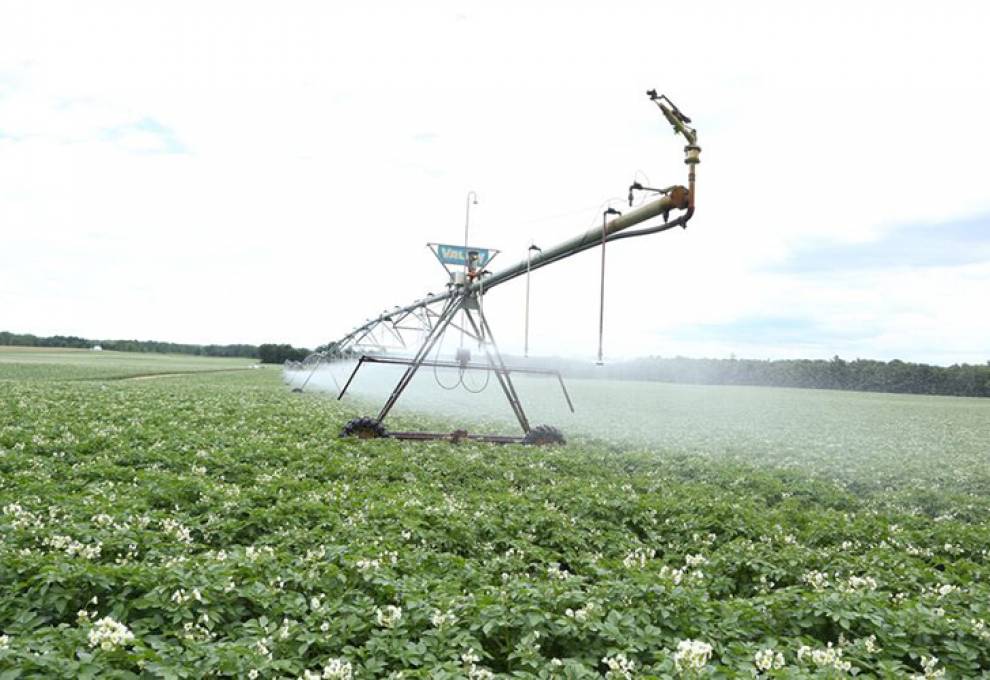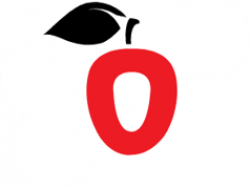
Recently I attended a Growing Ontario Together (GOT) meeting with Minister Jeff Leal (Minister of Agriculture, Food and Rural Affairs) and Minister Glen Murray (Minister of Environment and Climate Change) on the growers’ behalf. GOT is a group of farm organization leaders (livestock, grain, and horticulture) who have been working together for the past few months to collectively brainstorm ways to manage phosphorus discharge, help government to understand the challenges and opportunities growers are facing, and perhaps most importantly, to help government hone in on practical and attainable solutions around phosphorus reduction.
Michael Keegan and Associates works closely with the group to ensure that the GOT messaging will have a positive effect as we dialogue with government. The GOT group was very organized and well prepared for the meeting. Amy Cronin (chair of Ontario Pork) delivered a very clear and concise presentation for the ministers. The short version is: phosphorus levels are a concern and agriculture is one of the contributors. Farmers have a vested interest in water quality and are willing to do what can practically be done to reduce phosphorus discharge.
I am happy to say that the GOT messaging was well received but this is only the beginning for growers. All growers need to take action in their respective fields. We have been told that government would like to “use a carrot approach” as it charges us with improving our environmental performance. This is our opportunity, your opportunity to find innovative ways to improve your personal performance.
Minister Murray believes that farmers ultimately know best the details about their farms and where they can best improve. If you have not attended an Environmental Farm Plan workshop in the last five years this will be a critical step in focusing for a few hours on the many aspects of
environmental performance. Environmental Farm Plan is also the key to accessing support funds such as Growing Forward 2 for projects you may want to undertake.
Take a few minutes to think about what you can do on your farm. Maybe you can improve the way you manage culls and plant waste or perhaps measuring nutrient levels in your fields to add nutrients only where they are needed. For some it is the timing of fertilizer application or re-circulating nutrient feedwater. Ontario growers must do their part to make their farms, their watersheds and their Great Lakes as clean as they can be.
To be perfectly clear, we have not arrived but in fact we are just crossing the threshold. In the coming months Minister Murray and this government may well be in dialogue with the GOT team and farm organizations to establish regulations to pull on track those who are off the rails. Let’s all look for ways to be part of the solution rather than be part of the problem.
It is clear that Ontario farmers alone will not be able to stop the algae blooms from occurring in the Great Lakes. A large portion of the solution will need to come from the American Mid-West among other factions of society but it is imperative for us, with the support of government,to do our part to manage nutrient discharge and to help clean up our waters.
Jan VanderHout is a greenhouse vegetable grower and vice-chair of the Ontario Fruit and Vegetable Growers’ Association.

Add new comment